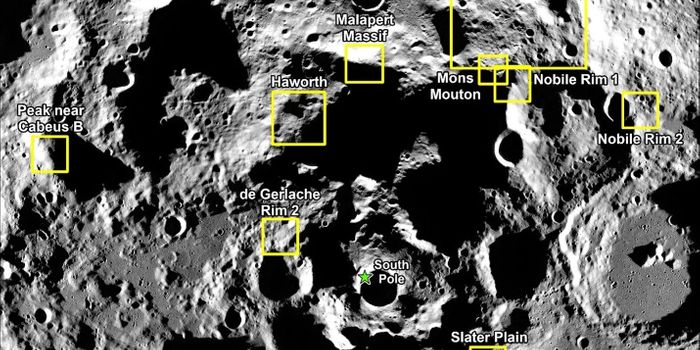New Technology Can Detect Fast Radio Bursts
Fast radio bursts are intense pulses of energy that come from light years away, popping for a few milliseconds before disappearing without explanation. So far only about one hundred have been found, in part because it takes so much effort to identify them. It has been suggested that they are related to major events like stellar flares or colliding neutron stars. Some even recur in a pattern. Now researchers led by the scientist who discovered these bursts, Duncan Lorimer of West Virginia University, have developed an efficient way to detect fast radio bursts. Instead of manually reading data generated by satellite imaging, the new method uses machine learning to scour the vast amount of cluttered data.
"Fast radio bursts are hard to find because they're intermittent in nature," said Lorimer, astronomy professor and Eberly College associate dean for research. "We have telescopes collecting data very rapidly in real-time, so we're amassing huge amounts of data, which becomes a data processing and analysis challenge. It's overwhelming, even for an army of students and researchers. You could be sitting there 24 hours a day looking at these plots and that's not an exaggeration."
Candidate events that might be fast radio bursts (or may just be noise or interference) are found with a rough analysis. Physics and astronomy graduate students Devansh Agarwal and Kshitij Aggarwal wrote software that can now differentiate between fast radio bursts and other kinds of pulses. They named it FETCH (fast extragalactic transient candidate hunter), and it's open-source so anyone can use it.
"Our aim off the bat was to use AI to model a task that humans can do with the same precision or better," Agarwal said. "People have been using AI for a myriad of techniques in biological systems, X-rays, CAT scans, and MRIs to identify diseases. We wanted to make our system generic enough that anyone can use it anywhere in the world."
It's already been used by Australian scientists to identify new fast radio bursts. It will also now be used at the world's largest fully steerable radio telescope at Green Bank Observatory, a partner of WVU in Pocahontas County.
"With Green Bank, it has allowed us to operate in an environment where we would normally have thousands of pulses to look through per day down to one or two," Lorimer said.
Sources: AAAS/Eurekalert! via West Virginia University, Instrumentation and Methods for Astrophysics








